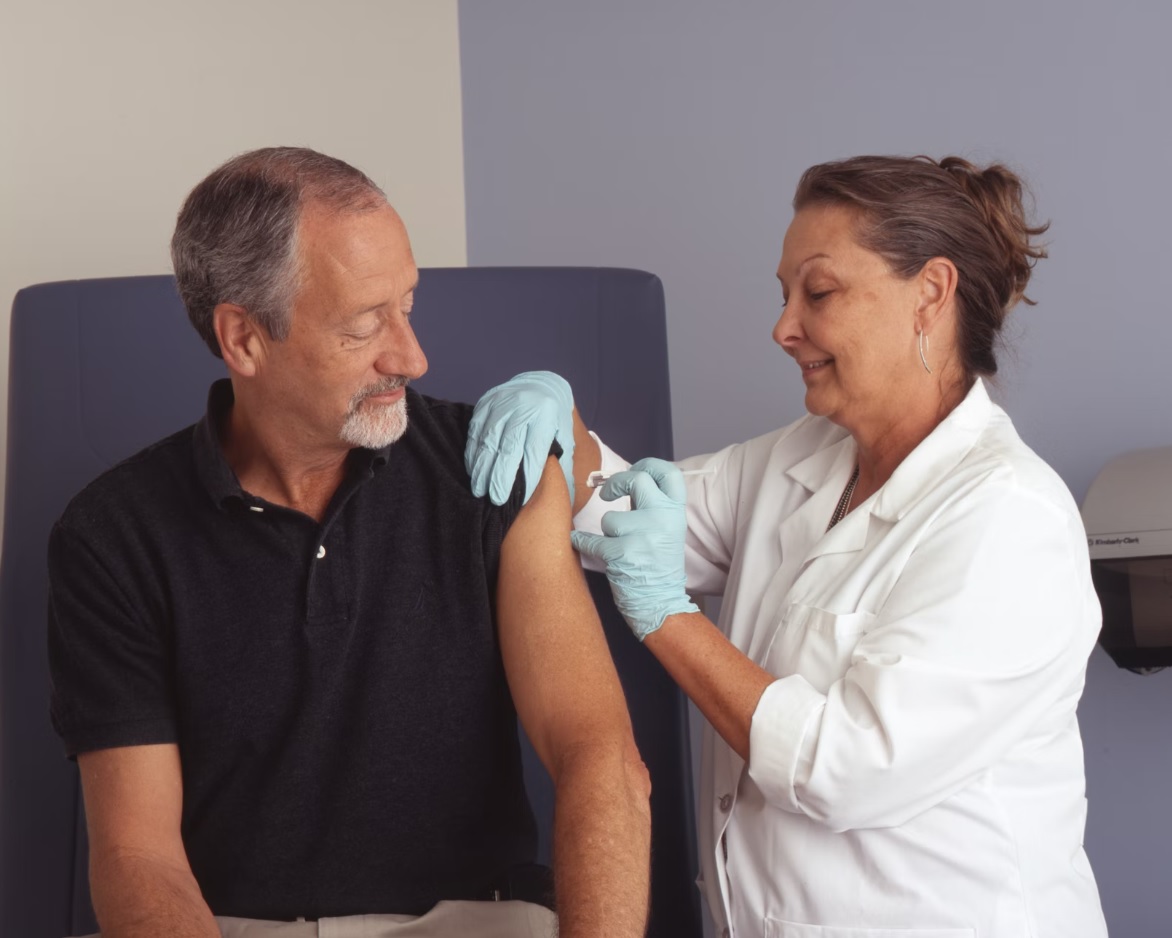Prostate cancer is one of the most common forms of cancer in men. According to the CDC, about 224,733 new prostate cancer cases were reported in the USA in 2019. Of these, around 31,636 men died of the disease.
This article lists common treatment options to help you prevent any unfortunate situations arising from prostate cancer and deal with the condition immediately.
What Is Prostate Cancer?
Prostate cancer occurs in the prostate gland, a part of men’s reproductive system. It can be slow-growing or aggressive and may spread to other body parts, such as the bones or lymph nodes. It is important to get regular screenings for prostate cancer, as early detection and treatment can help improve the chances of a successful outcome.
Prostate cancer affects older men more and can lead to serious health problems if not diagnosed and treated early. A study published in the JAMA Network journal states that the trends for metastatic prostate cancer increase in older adults.
The study considered the number of prostate cancer cases in two age groups, 45-74 and 75 and above. Data shows that 56.5% of patients were reported in adults aged between 45 and 74, and 43.5% of cases were reported in adults aged over 75 years.
Symptoms of Prostate Cancer
If you think you may have prostate cancer, you must talk with your doctor. The symptoms of the disease are not always obvious and can be similar to other conditions. The symptoms of prostate cancer include:
- A frequent need to urinate
- Difficulty starting or holding back urine
- Less flow of urine
In addition to these common signs and symptoms, some men with prostate cancer may have no symptoms.
Treatment Options Available for Prostate Cancer
While there are multiple treatment options available, doctors usually choose some common methods for treating prostate cancer.

Surgery
Surgery is the most common treatment for prostate cancer. Surgery aims to remove the cancerous tissue, but it may also be used to diagnose prostate cancer or find out if it has spread beyond the prostate.
Surgery can be performed in different ways, including open surgery or a minimally invasive surgery called robotic-assisted laparoscopic radical prostatectomy (RALP). With RALP, your surgeon and their team use robotic arms and tools to operate on you through tiny incisions. Surgery may take several hours to complete and requires recovery before you can return home.
While surgery is an excellent way to treat prostate cancer, it has some side effects, as with every other treatment option. According to a study that analyzed the quality of life after 15 years of surgery, urinary incontinence was a prevalent side effect.
A study published in The BMJ journal shows that other treatment options like androgen deprivation therapy and non-nerve-sparing radical prostatectomy also have side effects.
Hence, you must select the right local treatment clinic for the surgery. September is observed as Prostate Cancer Awareness Month. This year, the doctors in Brooklyn stressed the importance of this common problem. They made the public aware that diagnosis options like Prostate Specific Antigens can help detect and treat the condition quickly.
Radiation Therapy
This treatment therapy uses high-energy rays that are capable of killing cancer cells. Radiation therapy may also treat some types of leukemia and lymphoma.
Radiation therapy may be given as a single dose, or it can be given in multiple doses over some time. Radiation treatments are often given from outside the body but can also come from radioactive materials placed directly into your body.
Radiation therapy is usually delivered by an external beam radiation machine (EBRT) or linear accelerator that delivers strong X-rays through your skin to destroy cancer cells deep within your body. Your doctor will determine how much radiation you need based on factors such as:
- The size and location of the tumor
- Whether there are other areas in which cancer may have spread
Studies show that you can use short-term intensive and long-term non-invasive treatment after surgery. According to the study published on the National Institute of Health (NIH) website, people undergoing the short-term therapy treatment running for 5 weeks had more bowel problems initially. However, after 6 months of the surgery, the prevalence rate was equal to that of long-term, 7-week radiation therapy. Remember this is a very tough time for the patient, so looking at gifts for cancer patients or anything that can help lighten the mood would be really helpful to them.
Chemotherapy
Chemotherapy is the use of drugs to kill cancer cells. The drug or drugs used depend on the type of cancer and its location.
Chemotherapy can be given in a hospital or at home. There are several different ways chemotherapy is given:
- In cycles, with each cycle lasting for about one month
- As a single injection into your vein (intravenously)
- Injected under your skin
Watchful Waiting
Watchful waiting is an option for men with low-risk prostate cancer. It involves closely monitoring your condition and treating any signs of the cancer spreading. You’ll also be periodically evaluated for a possible treatment change or surgery if your symptoms worsen.
If you choose watchful waiting, you should meet with your doctor regularly to discuss changes in your health and how they may affect the treatment plan. This can help identify prostate cancer symptoms earlier, allowing doctors to adjust treatments before the disease spreads to other body areas.
Conclusion
We hope this article has helped help you understand the different treatment options for prostate cancer. If you have any questions or concerns, please contact your doctor or visit the American Cancer Society’s website at www.cancer.org. These websites have useful resources that can help you with valuable information.
